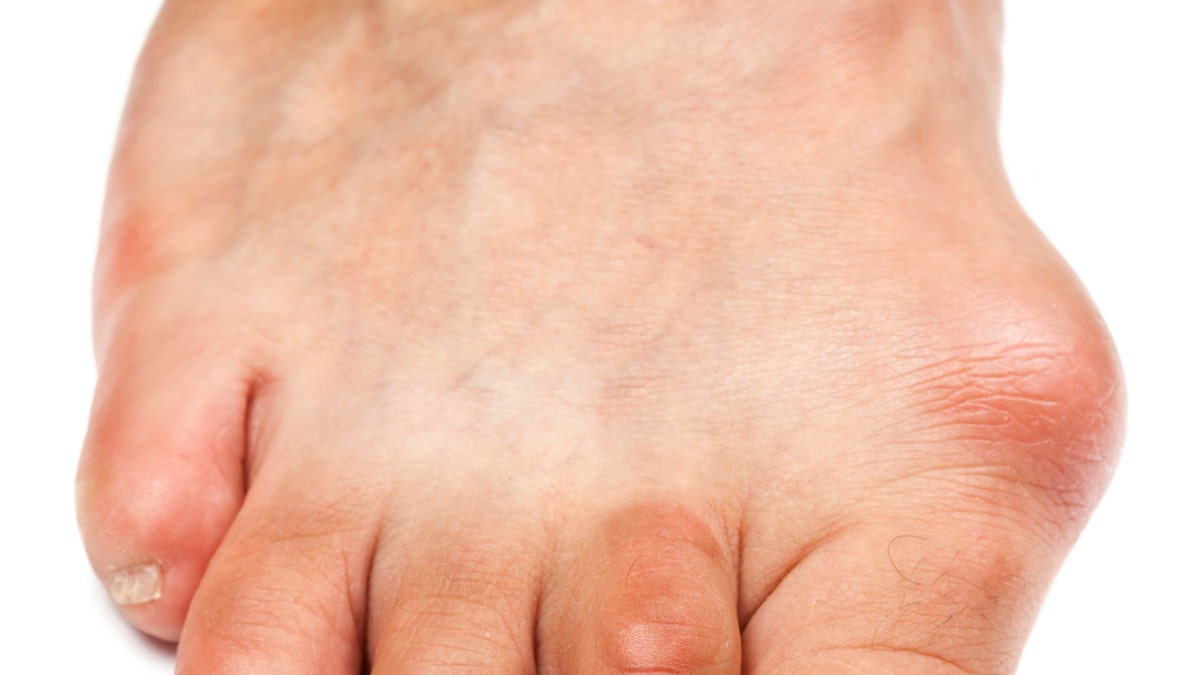So often your lumps, bumps, rashes, and red spots are harmless. Occasionally, they’re a sign of something far more serious. Here’s how to tell the difference.
1. Your neck looks dirty

(iStock)
A rash-like discoloration called acanthosis nigricans “almost looks like dirt but has a velvety feel,” says Todd Sontag, DO, a family medicine specialist with Orlando Health Physician Associates. He commonly sees it on the back of the neck or in the armpit. This is often a sign of diabetes or insulin resistance. “Patients will come in asking about this rash they can’t get rid of,” he notes. A doctor will order blood tests to check blood sugar levels to make the diagnosis. Here are 10 more silent signs of diabetes.
2. You’re a woman and you’re sprouting chin hairs

(iStock)
This can be a sign of polycystic ovary syndrome, notes Dr. Sontag. “Usually you see just a few hairs, but they’re dark and coarse like a man’s beard,” he notes. The hormonal imbalance may also affect your period, and can thus impact your fertility. A look at your medical history and symptoms can point your doctor in the right direction. Here are more signs of polycystic ovary syndrome.
3. You see blood spots in your eye

(iStock)
The condition is known as a subconjunctival hemorrhage, and the American Heart Association notes that this is more common with people who have high blood pressure or diabetes. While these conditions don’t cause the spots, the two are linked, they note, which gives you yet another reason to visit the eye doctor every two years.
4. Your big toe is swollen

(iStock)
You don’t remember stubbing it—and it’s not like you’d forget. You could be looking at an early symptom of gout, which is not only painful but can signal risk for chronic diseases like high blood pressure and kidney disease. A medical history plus examination at the MD office can diagnose it.
5. You have a major hankering for ice

(iStock)
Occasionally, a patient will come see Dr. Sontag and say “all I want to do is eat ice all day,” he notes. That’s a sign of iron-deficiency anemia. You’ll need a blood workup, and your doc will want to figure out why you’re anemic—are you losing blood or not making enough? The answer will direct your care, he notes.
